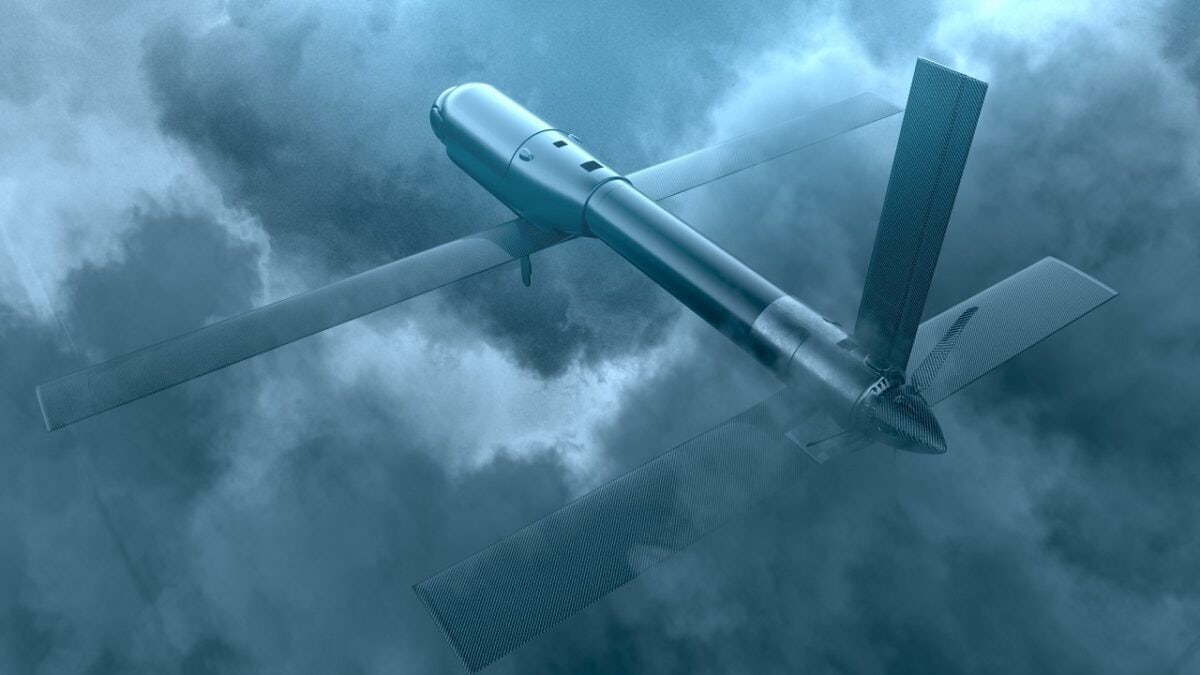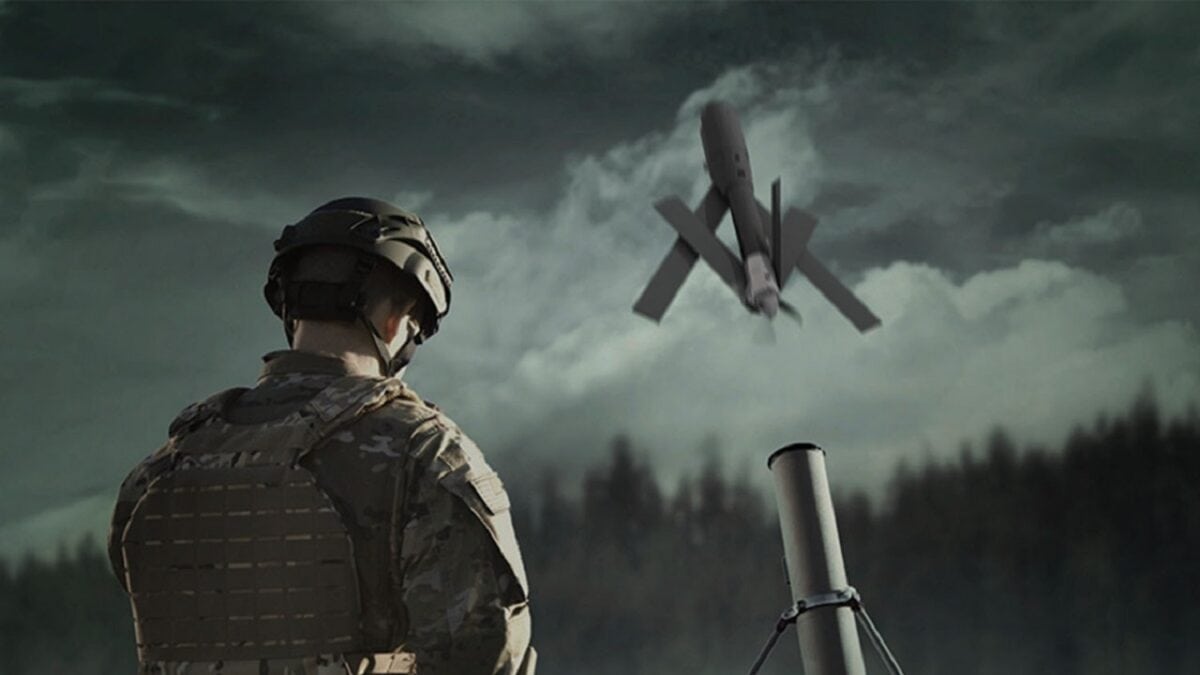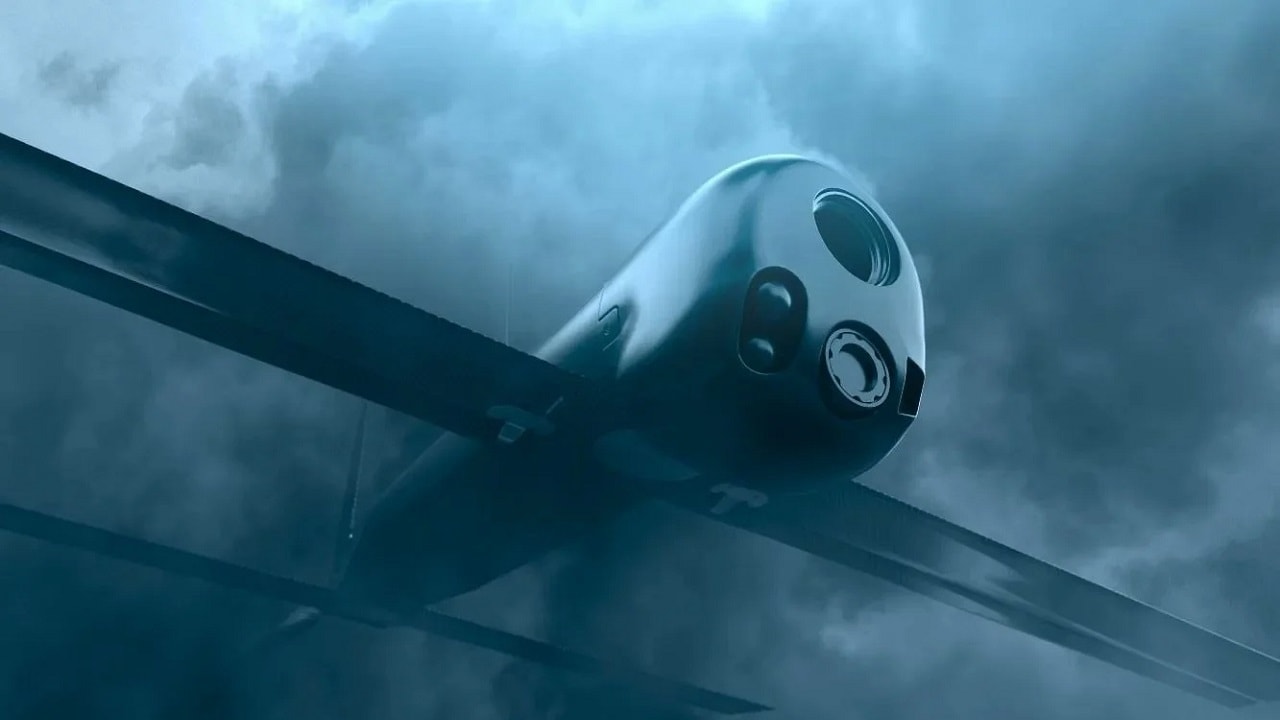The AeroVironment Switchblade is essentially a flying kamikaze drone with a warhead attached. The Switchblade comes in two variants – the 300 and the heavier 600. The more common 300 variant is a super-portable machine. It measures two feet in length and weighs six pounds, and it launches from a tube using compressed air. The Switchblade 300 is so light and compact that a service member can carry one in his pack. Easy to carry, and easy to launch, the Switchblade 300 has proven valuable to troops engaging with long-range targets or seeking relief from enemy fire.
The Switchblade is not a drone
The Switchblade is officially categorized as a “loitering munition,” for unlike a drone it is not recoverable once launched. This makes it more similar to a missile.
Once launched, the Switchblade 300 has a range of 6.2 miles and an operational window of 10 minutes – parameters insufficient for a scouting role. Instead, the Switchblade serves strictly as a weapon. It is akin to a kamikaze, launched to be destroyed. Through its color camera and GPS, a human operator uses a Ground Control Station to select and engage targets. Alternatively, the Switchblade can be pre-programmed to conduct a mission on autopilot.
The Switchblade 300 is designed to deliver a precise blow, with a small warhead equivalent to a 40mm grenade. The warhead’s blast shoots pellets forward, in the direction of the Switchblade’s flight, rather than in a 360-degree circle. In theory, the forward-only blast reduces collateral damage. It can also be set to detonate at a predetermined altitude. Appropriate targets for the 300-variant include enemy personnel and light armored vehicles. The 600 variant, which uses an anti-tank guided missile warhead, can target armored vehicles.
To prevent enemy forces from obtaining the Switchblade, the device can self-destruct in-flight, even when no target is found.
DARPA Roots
The Switchblade is the offspring of a mid-aughts DARPA program known as Close Combat Lethal Reconnaissance, or CCLR. The main difference is that CCLR relied on a fiber optic cable that spooled out behind the vehicle as it flew. The modern Switchblade uses a more sophisticated radio guidance system.
The device was designed to meet the needs of U.S. troops serving in Afghanistan – especially the need to thwart enemy ambushes. The system was conceived as an alternative to Close Air Support, or CAS, a tactic in which suppressed troops call in, say, an A-10 Warthog to engage enemy suppressors.
The problem with CAS is that suppressed troops have to sit tight and wait for supporting aircraft to arrive. CAS is also expensive and prone to causing collateral damage. The Switchblade, on the other hand, is relatively cheap, designed to minimize collateral damage, and capable of launching in moments. Of course, its single warhead is not as effective as a loitering A-10, but the tube-launched missile-drone is a nice option for troops hoping to increase their survivability.

Switchblade drone. Image Credit: Industry handout.

Switchblade drone. Image Credit: Industry handout.
Switchblade in Action
Afghanistan was the Switchblade’s proving ground. Introduced in late 2012, it proved to be a favorable supplement to the arsenals of the U.S. Army, Marine Corps, and special forces. By the end of Operation Enduring Freedom, roughly 4,000 Switchblades had been deployed. Another 350 were used in Iraq and Syria against the Islamic State.
The Switchblade made headlines in March, when the U.S. sent 100 Tactical Unmanned Aerial Systems to Ukraine as part of an $800 million weapons package. Each system may contain up to 10 devices. Just last week, video surfaced of a Ukrainian Switchblade 300 attack against Russian troops. The Switchblade seems like a new staple of U.S. warfighting, and it is likely a harbinger of future autonomous weapons development.
Harrison Kass is a Senior Defense Editor at 19FortyFive. An attorney, pilot, guitarist, and minor pro hockey player, he joined the US Air Force as a Pilot Trainee but was medically discharged. Harrison has degrees from Lake Forest College, the University of Oregon School of Law, and New York University’s Graduate School of Arts & Sciences. He lives in Oregon and regularly listens to Dokken.

